We want to see it all
In the Balkans some of the countries are fairly small and their borders tend to twist and turn around each other. But Julie and I are very greedy travellers and we want to see it all. We have a saying that we need to treat a new place as if we’re never coming back. So that means we sometimes have to zig-zag a little bit to see everything we possibly can and also cross a few extra borders along the way. And crossing borders introduces a whole new set of issues when you have temporarily imported a foreign vehicle.

We arrived in Croatia’s large coastal town of Split and immediately fell for one of the great cities in this region. Way back in the fourth century the Roman emperor Diocletian built his huge summer palace on the protected bay of this town and over the centuries it has been preserved, added to and adapted until today it’s huge walls host a set of fabulous historic buildings, narrow alleyways, ancient arches and windows, old stone work, dazzling plazas, markets, restaurants and shops in a setting that makes it easy for you to imagine yourself wandering the limestone pavers of centuries past.
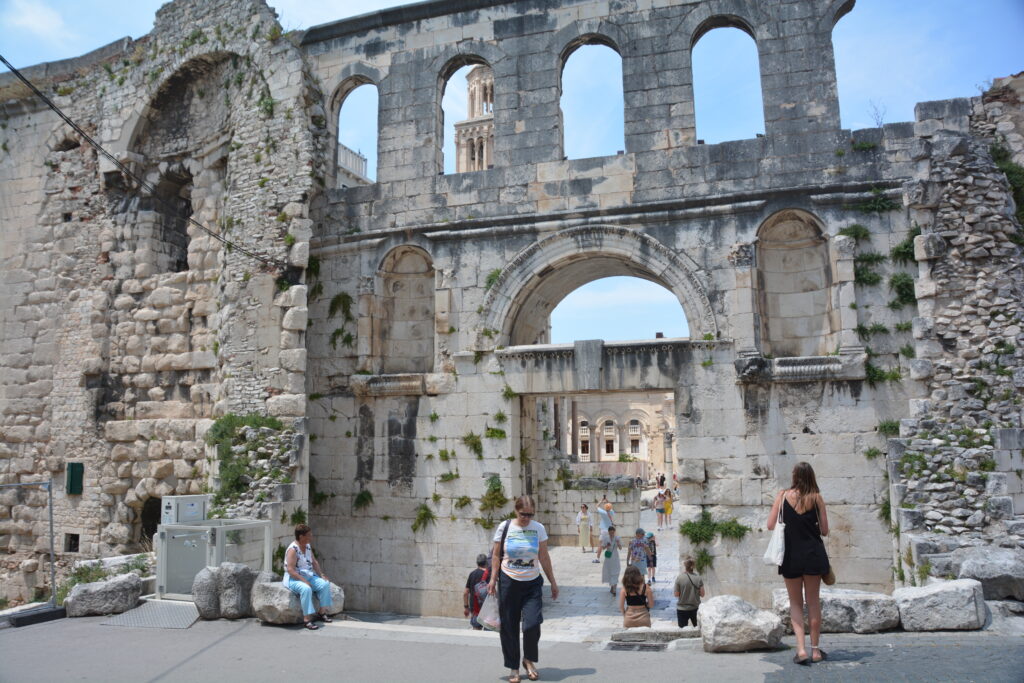
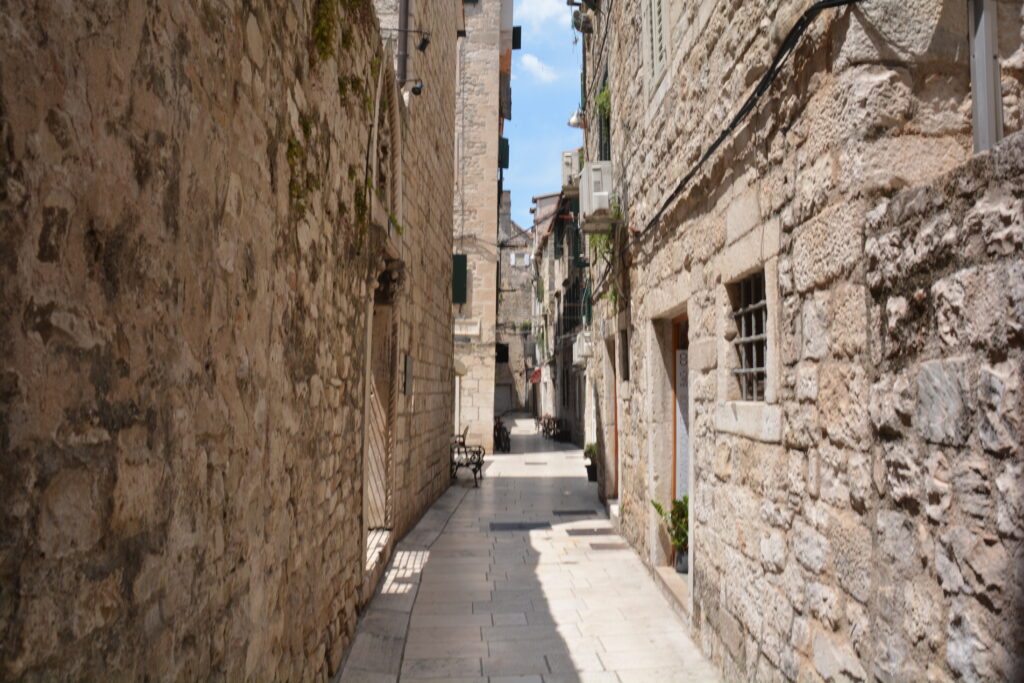
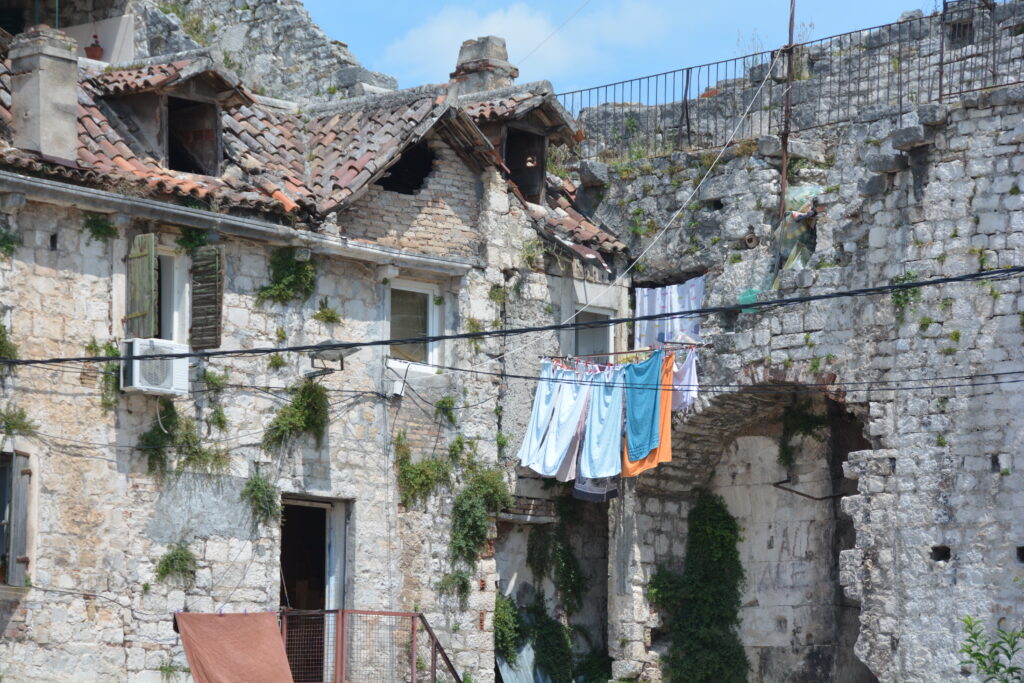
Diocletian’s Palace is really an entire modern tourist eco-system set over 1,500 years ago – and it’s no surprise they filmed an entire season of Game of Thrones right here. After a fabulous afternoon of exploring, getting lost, having lunch, taking photos and imagining life here so long ago we declared Diocletian our new favourite Roman Emperor.
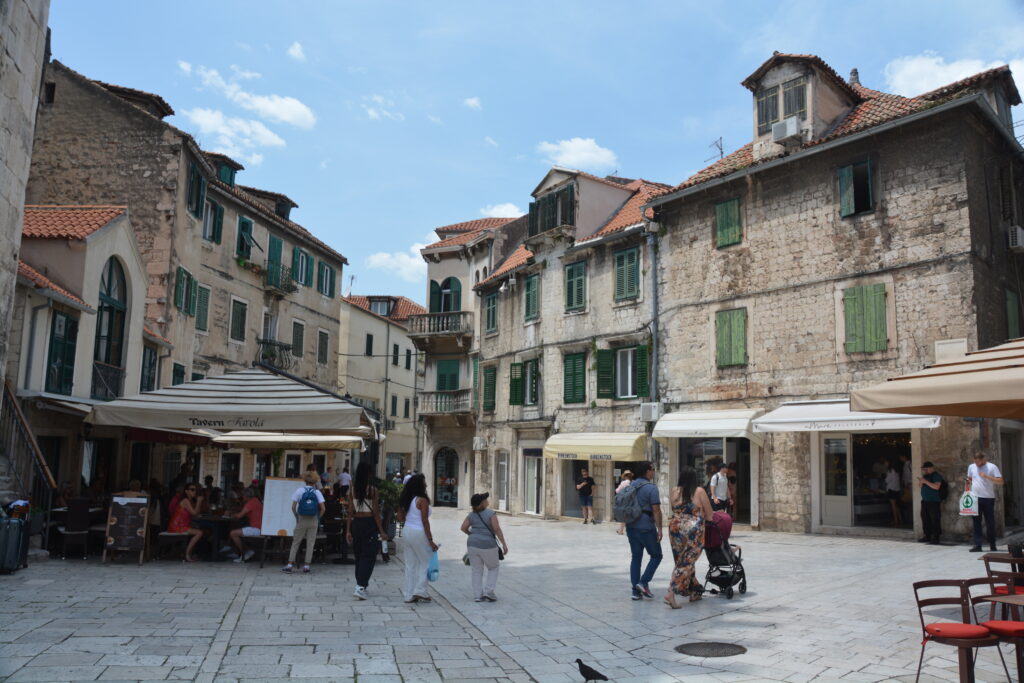
But we want to see it all and that includes a couple of key sites in the nearby country of Bosnia and Herzegovina. Sure, it would have been easier to follow the Croatian coast to Dubrovnik like a zillion other people. But not us. We headed back inland and crossed into a new country, Bosnia and Herzegovina.
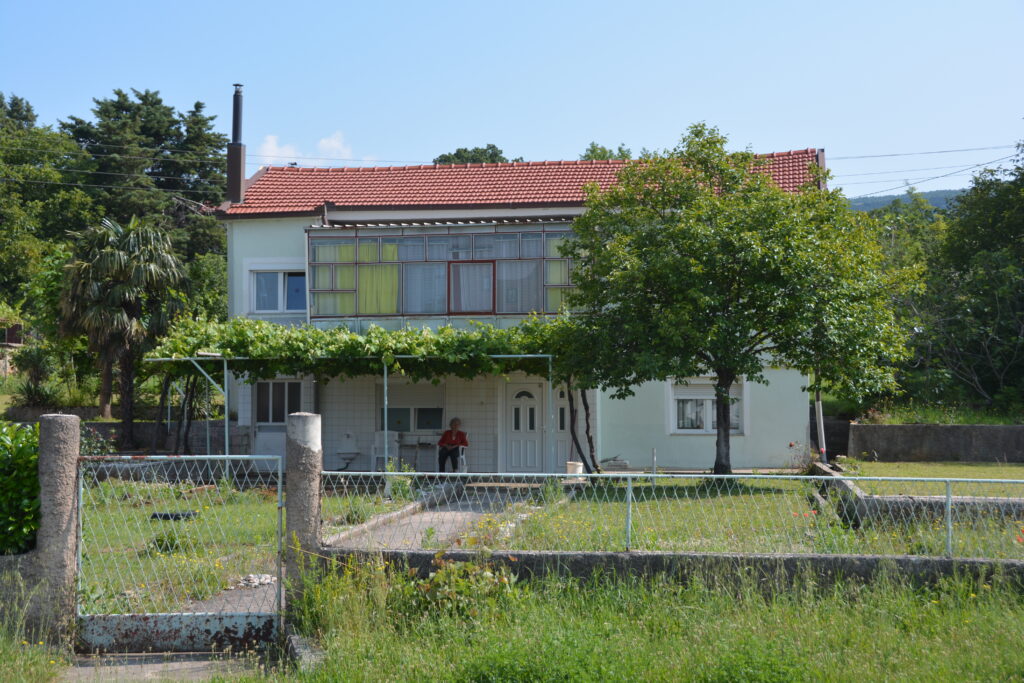
Bosnia and Herzegovina – can I just call it Bosnia for short? – presents a new chapter in our Silk Road journey. In crossing that border we have left the EU, we have left the Schengen visa countries, we’ve left the eurozone, our phones don’t work anymore, there’s issues with Tramp’s insurance, a whole bunch of new factors play into our movements, which is all part of the fun. We’re absolutely up for it and we spent the night camped in a restaurant’s car park, as you do, near the historic town of Mostar.
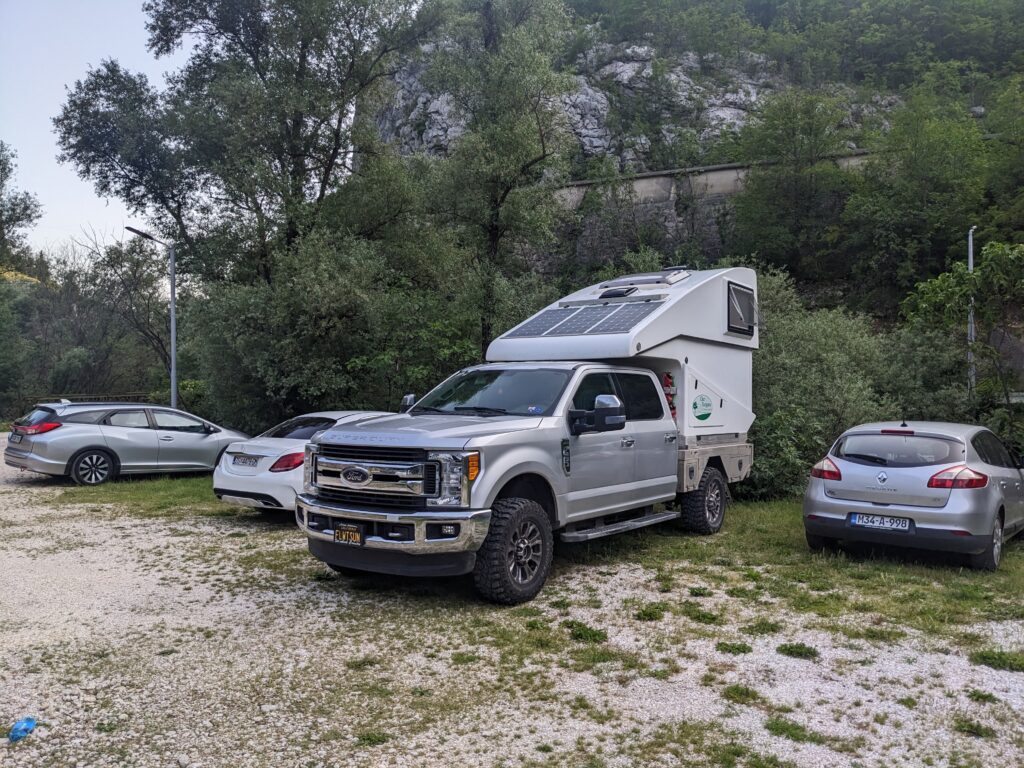
Mostar might be the number one visitor attraction to Bosnia. The town is beautifully settled amongst dramatic mountains on the Neretva River but it’s claim to fame is a 16th century stone bridge that majestically spans the river.
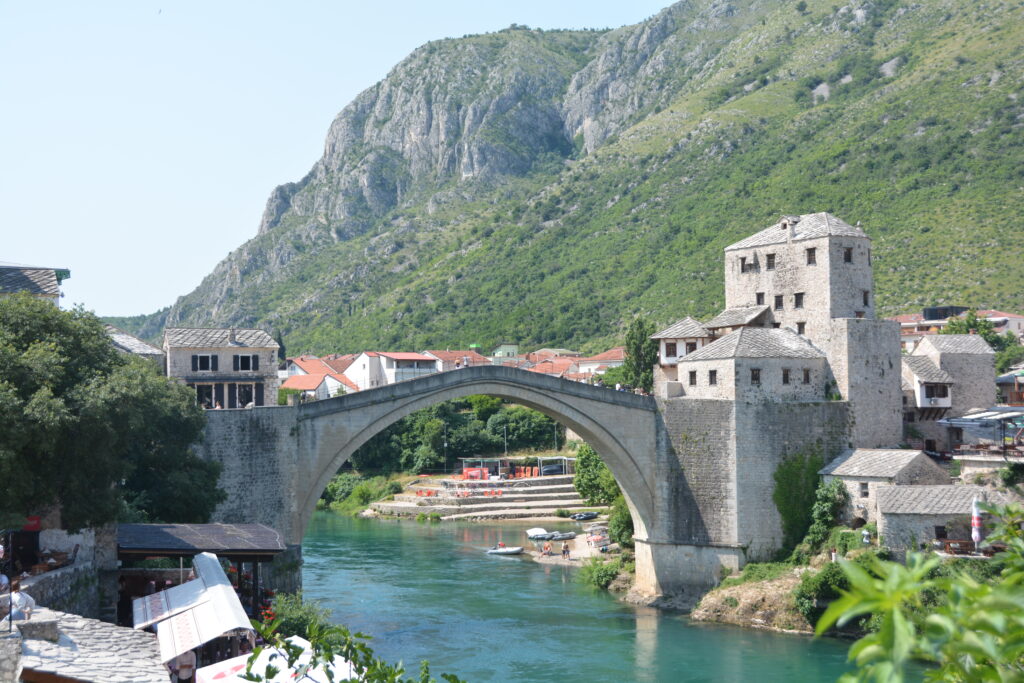
That is until it was tragically bombed in the Bosnian wars of the 1990’s. When we travel we stay out of local politics, that’s for sure, and despite our best efforts it has been very difficult to make sense of the very complex forces at play which caused such destruction and terrible loss of life in this region back in the 1990’s. The scars of war are all over Bosnia, damaged buildings not rebuilt, new infrastructure replacing old, countless war cemeteries and a general tiredness to the towns and villages we passed through. Bosnia, you’ve done it tough.
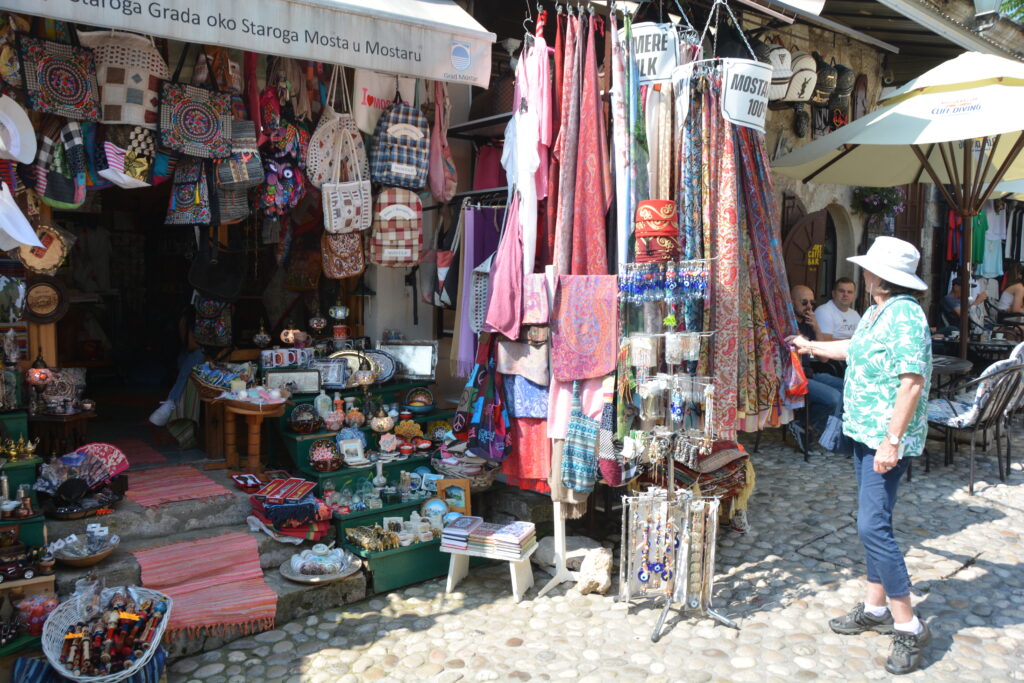
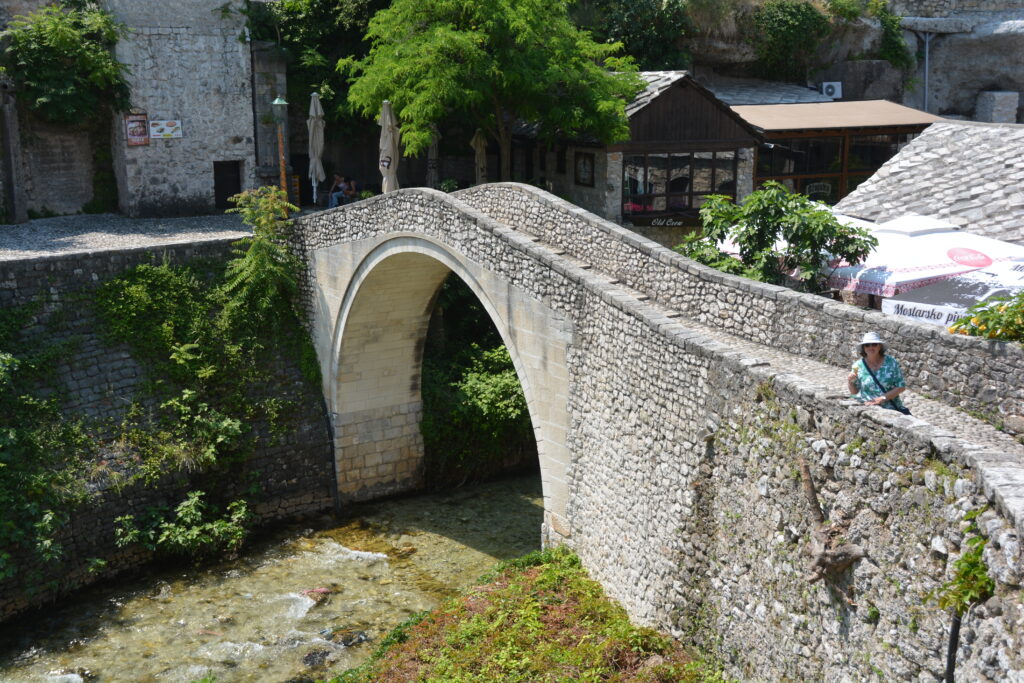
But with international funds the bridge at Mostar has been rebuilt and we had a fabulous couple of hours exploring the cobblestone alleyways around the bridge, even if it was a bit touristy, and dining out on the wonderful setting this city and it’s rebuilt bridge calls home.
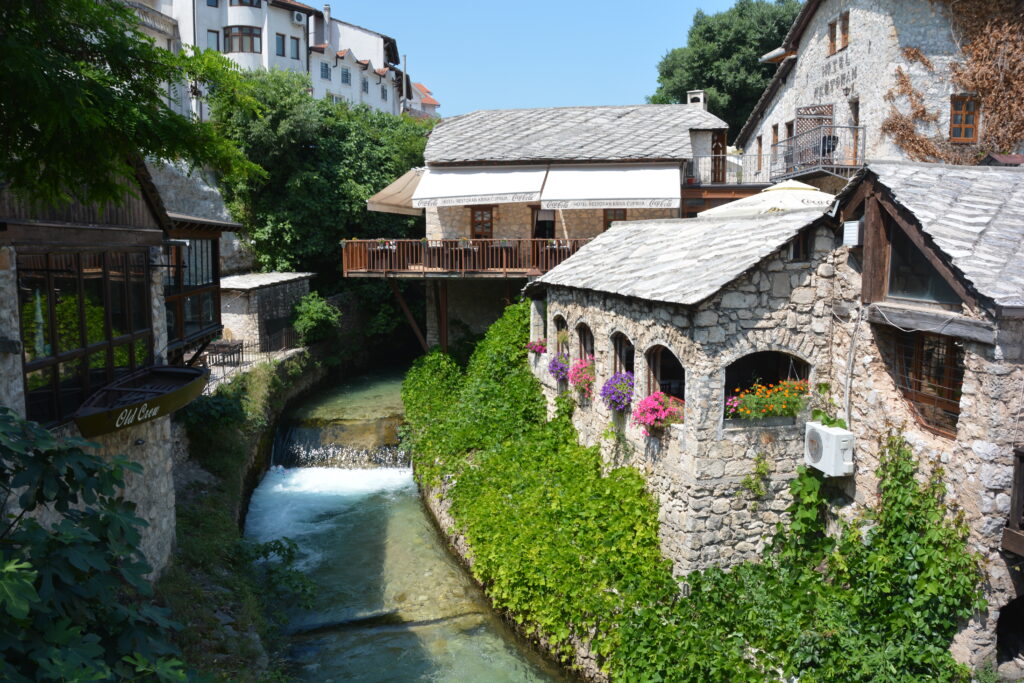
Further south we stopped at the 15th century fortified town of Pocitelj and climbed up ancient steps to both of the hilltop towers which commanded stunning views of the Neretva River. We finished our brief time in Bosnia with a swim at the beautiful Kravica Falls, a nice reward after a stinking hot day.
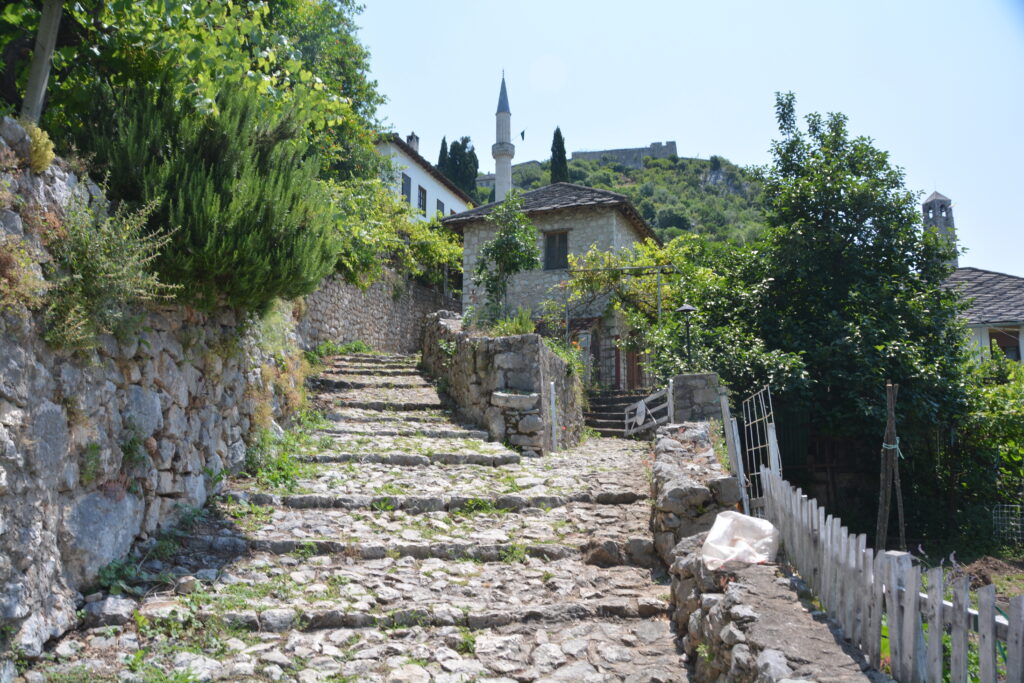
We then passed back into Croatia and camped the night on a high slope overlooking the Adriatic Sea, a million dollar view which was completely free. We rated it a rare perfect 10, including our first fire on the trip. Late at night we heard a car coming which seemed very improbable given our location, and out came a young apologetic fireman who said “Fire no good, problem”. He explained that someone on a boat passing by reported the fire so he had to come up. I’m not sure whether he or us apologised more but in probably 2,000 camping sites over a lifetime I’ve never been pinged for a fire. But there’s always a first.
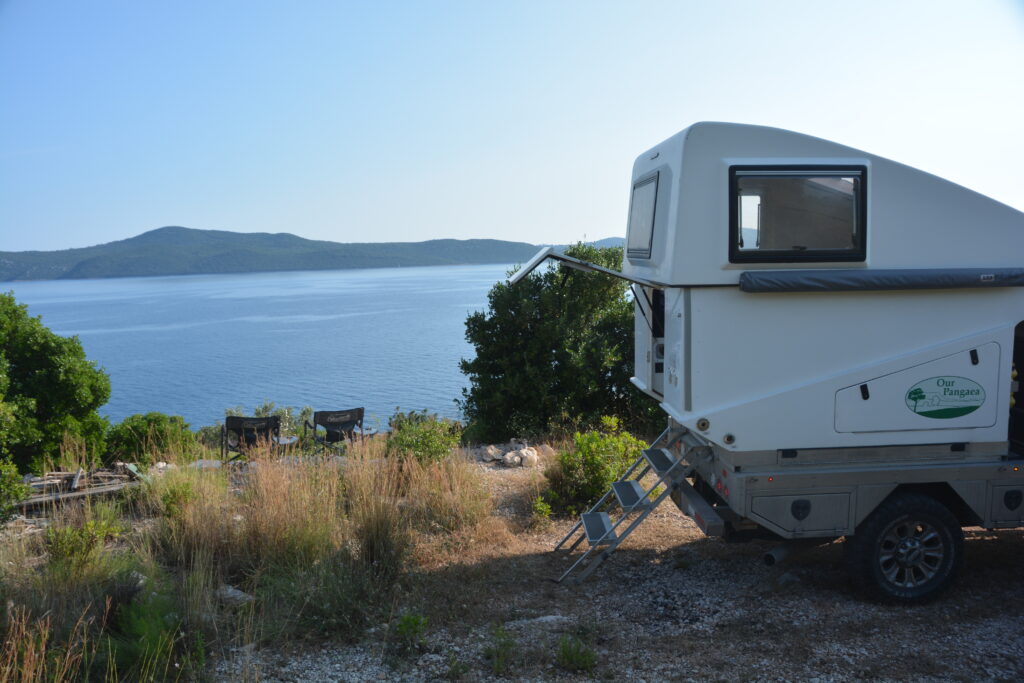
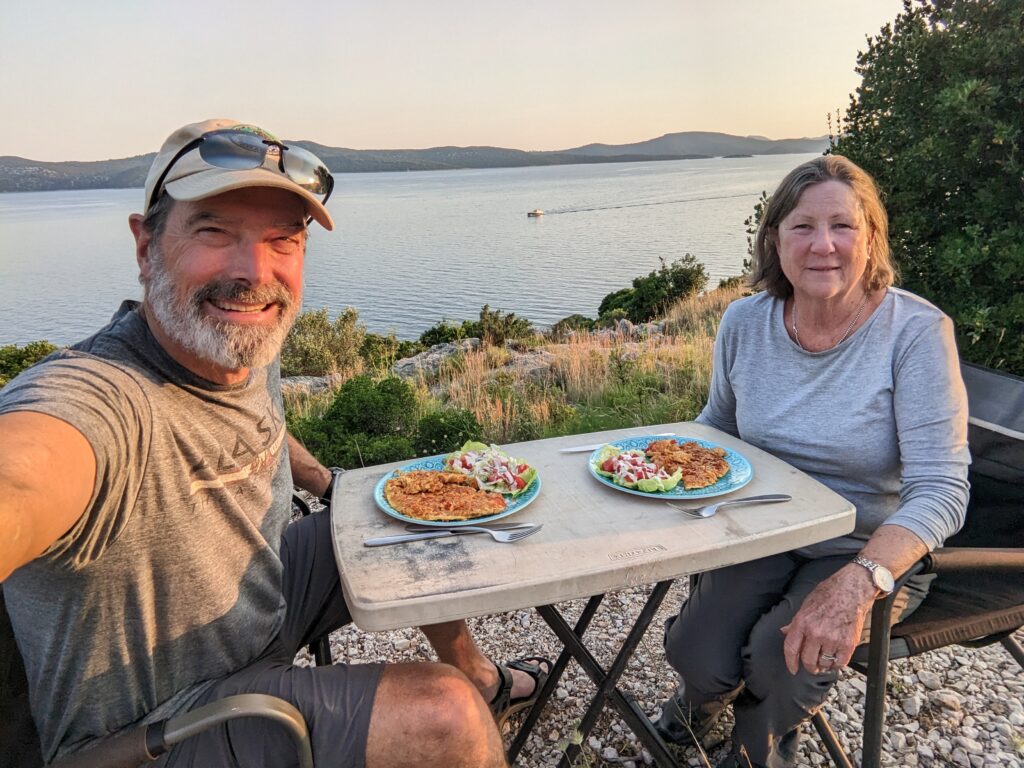
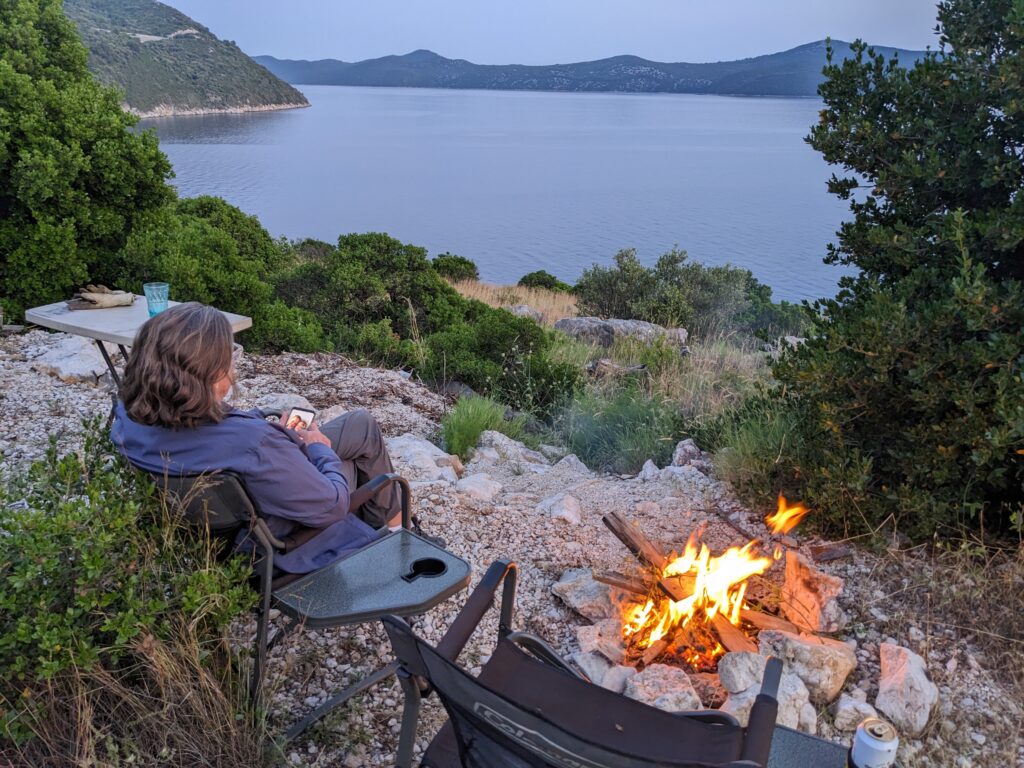
Dubrovnik is said to be the best example of a walled city in the world. It’s a big call but when you see the high formidable wall surrounding this beautiful city of narrow cobblestone streets lined with ancient buildings we can’t help but agree.
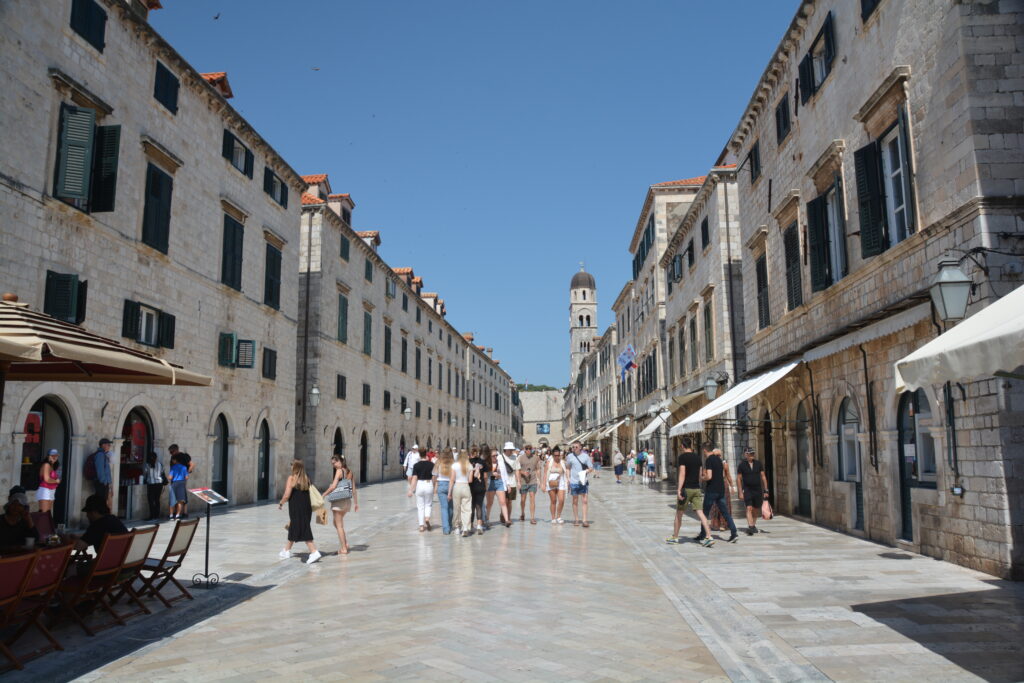
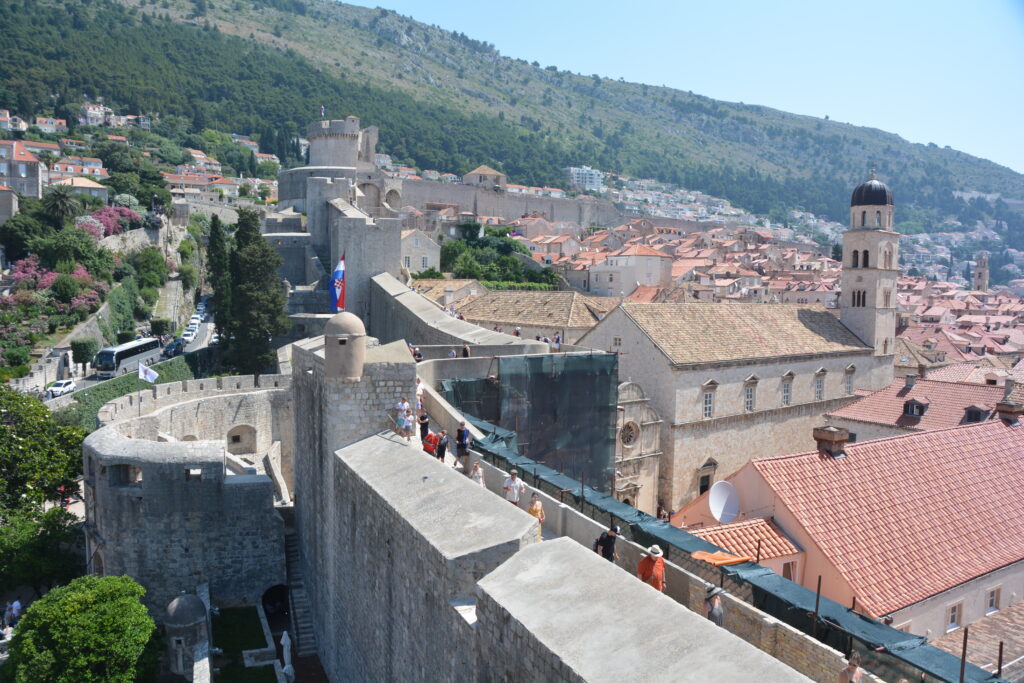
Unbelievably, in the early 1990’s the Serbian-run Yugoslavian army bombed Dubrovnik from the sea and air to break their will and turn the war in their favour. Instead it brought international condemnation and eventually Croatian independence. The walls and buildings that were damaged in the year-long bombardment have since been faithfully repaired and the city absolutely glistened in the stinking hot Adriatic sun crawling with tourists…including Julie and I.
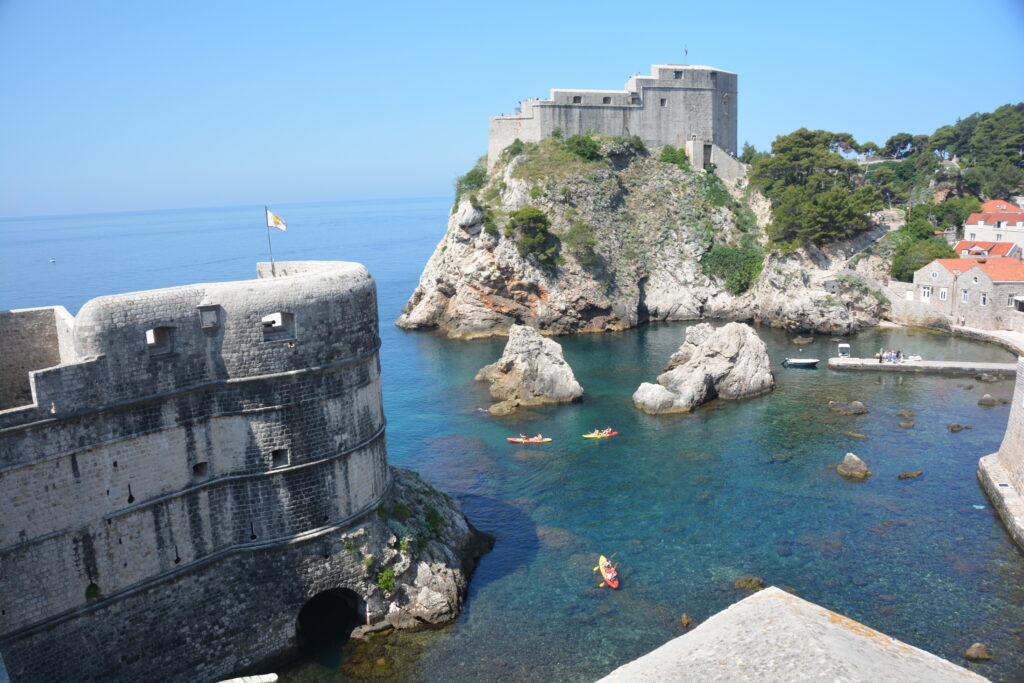
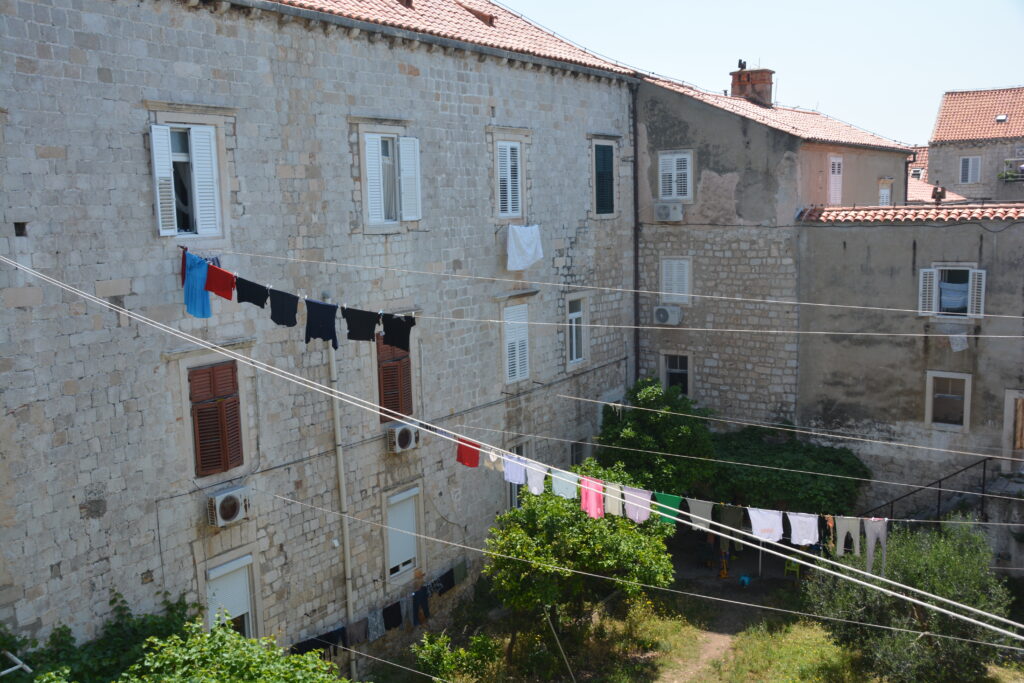
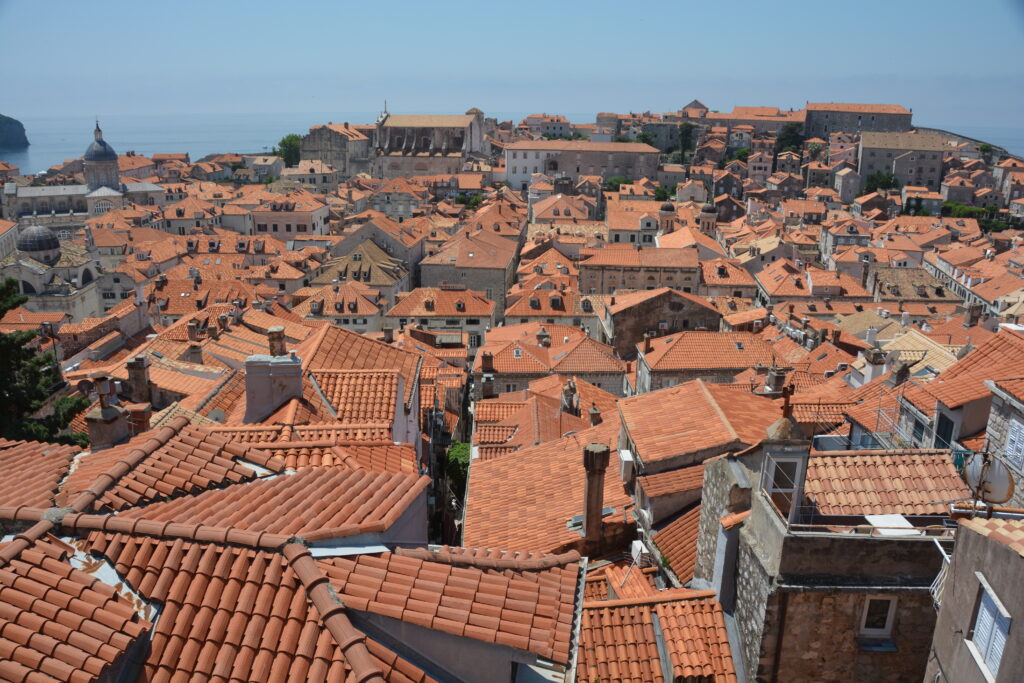
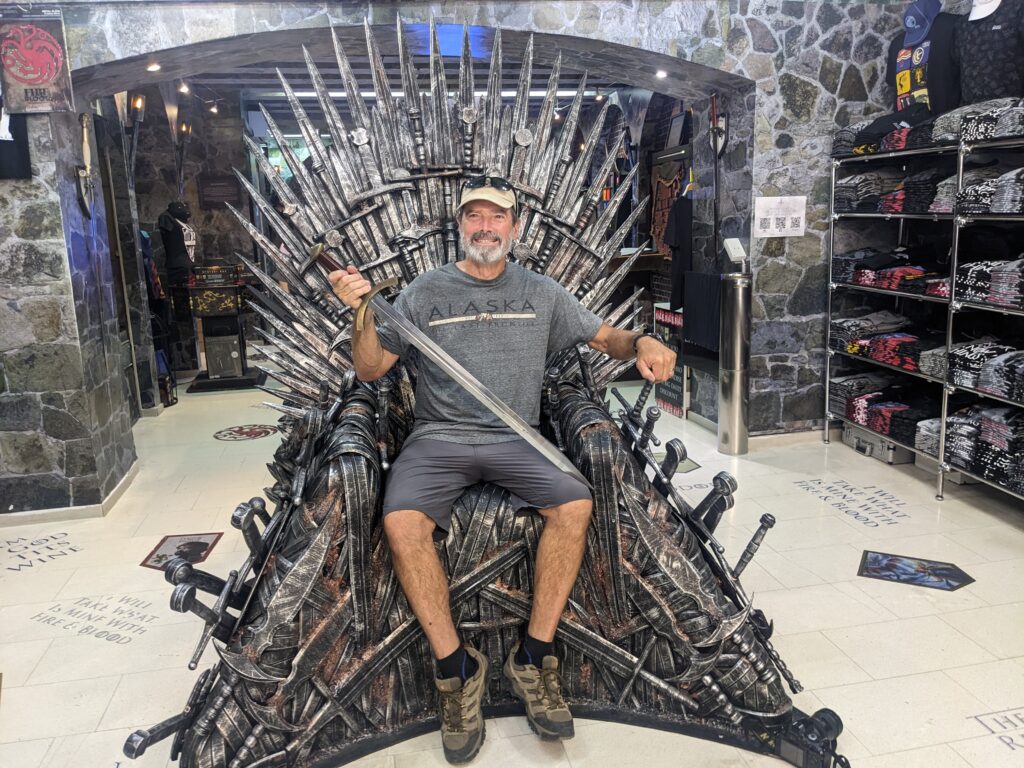
We walked the perimeter of the walls, giving us stunning views of the city and the sea, explored some of the narrow alleyways, shops and a couple ice cream places before dragging ourselves away, totally buzzed and totally melted from the full Dubrovnik experience.
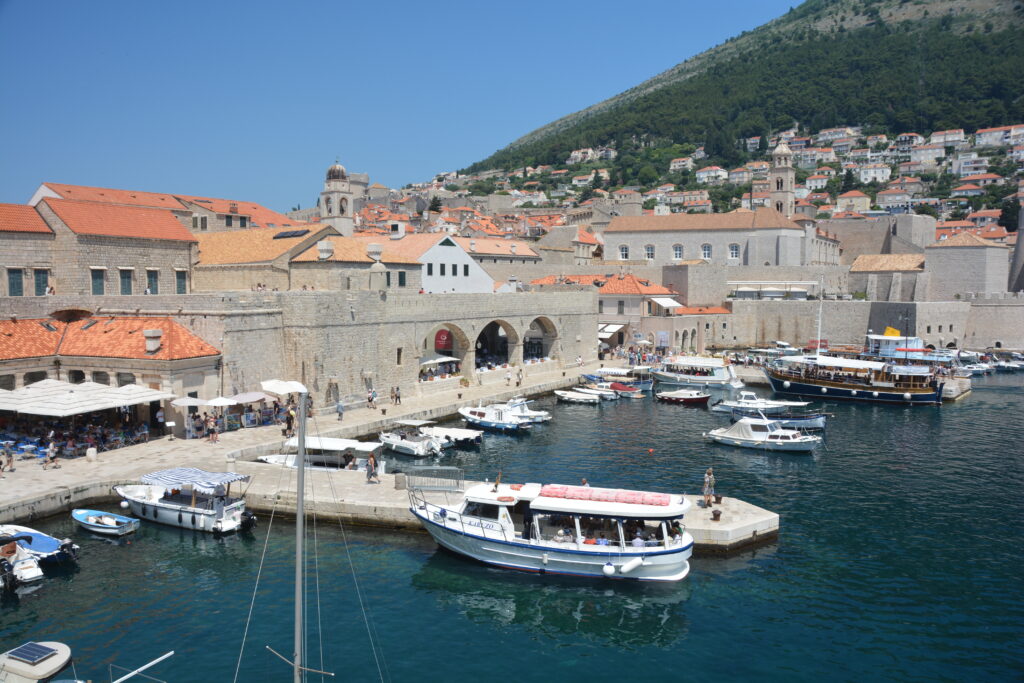
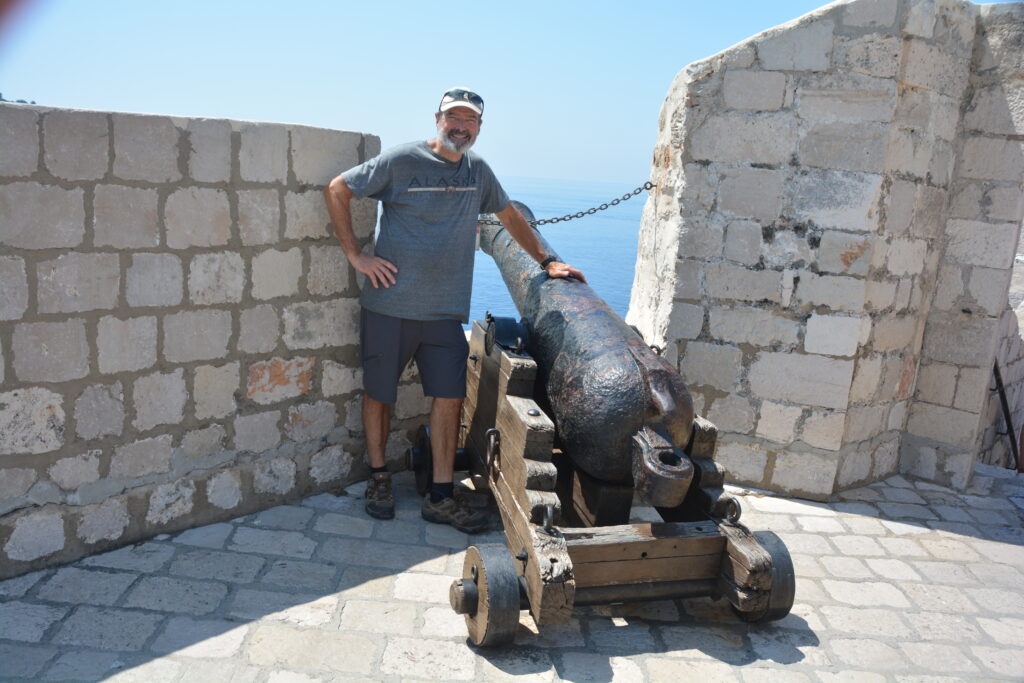
We drove south along the wonderful Adriatic coastline with it’s super-steep mountains crashing into the sea and crossed the border into Montenegro, another non-EU country. What did we know about Montenegro, ah, well, not much. The poor man’s holiday destination, never in the news, very low profile but equally beautiful. Montenegro has only 620,000 people, is almost completely mountainous and only gained it’s independence from big brother Serbia in 2006.
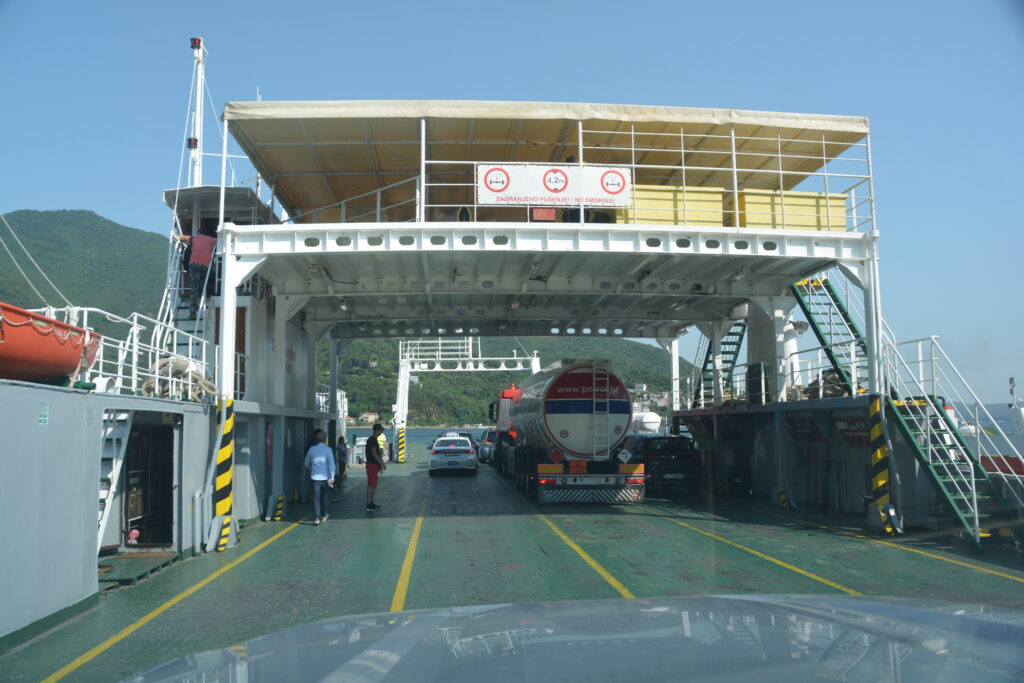
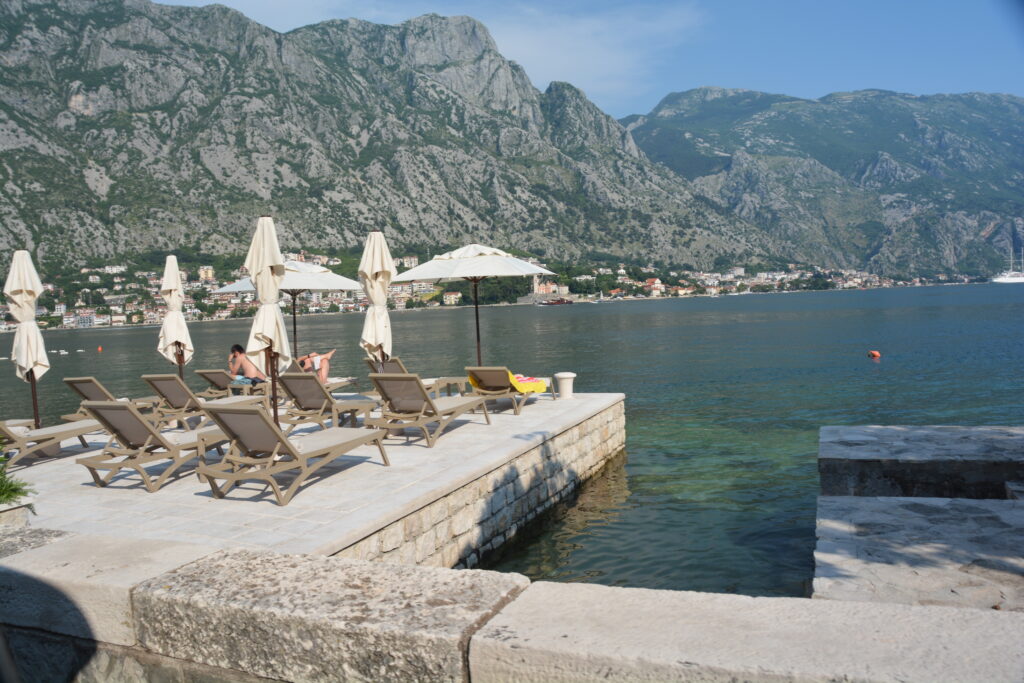
We caught a ferry across the mouth of the Bay of Kotor, a twisting body of water surrounded by more staggeringly high cliffs, as if this should all be normal. We camped on the beach, shoulder to shoulder with other RV’s and campers, and walked into the old town of Kotor where we enjoyed a delightful night with drinks and dinner. Montenegro, we could get used to you.
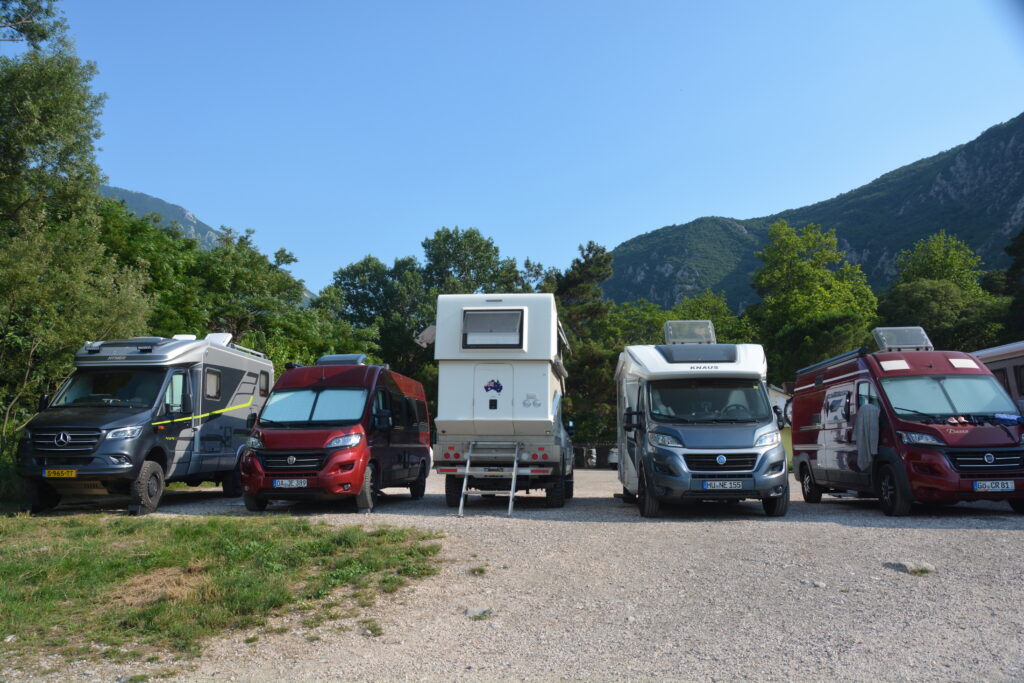
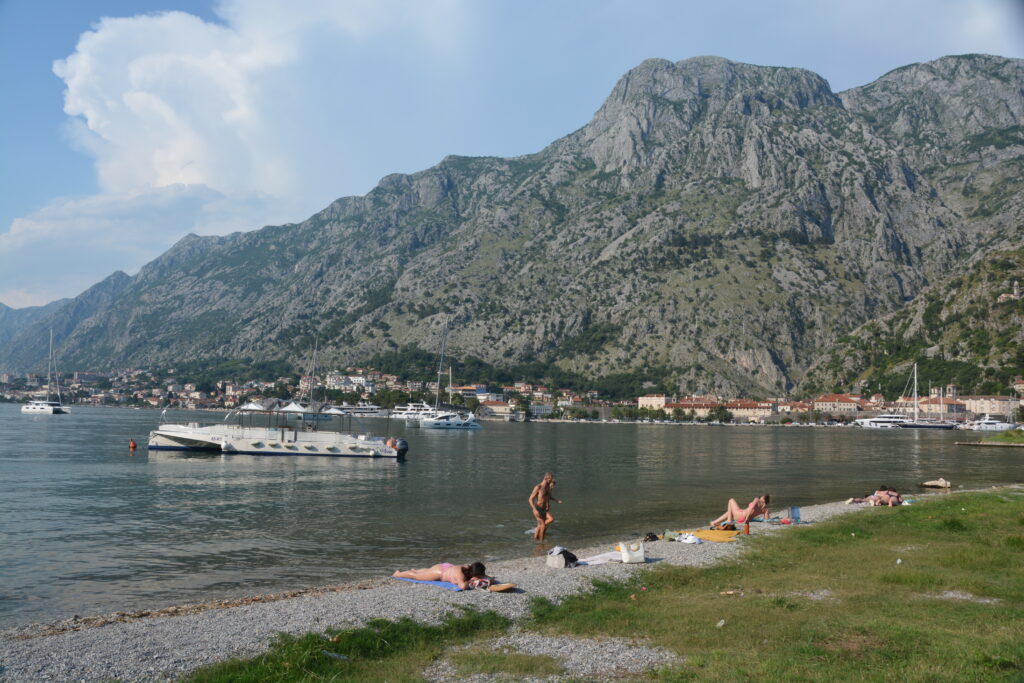
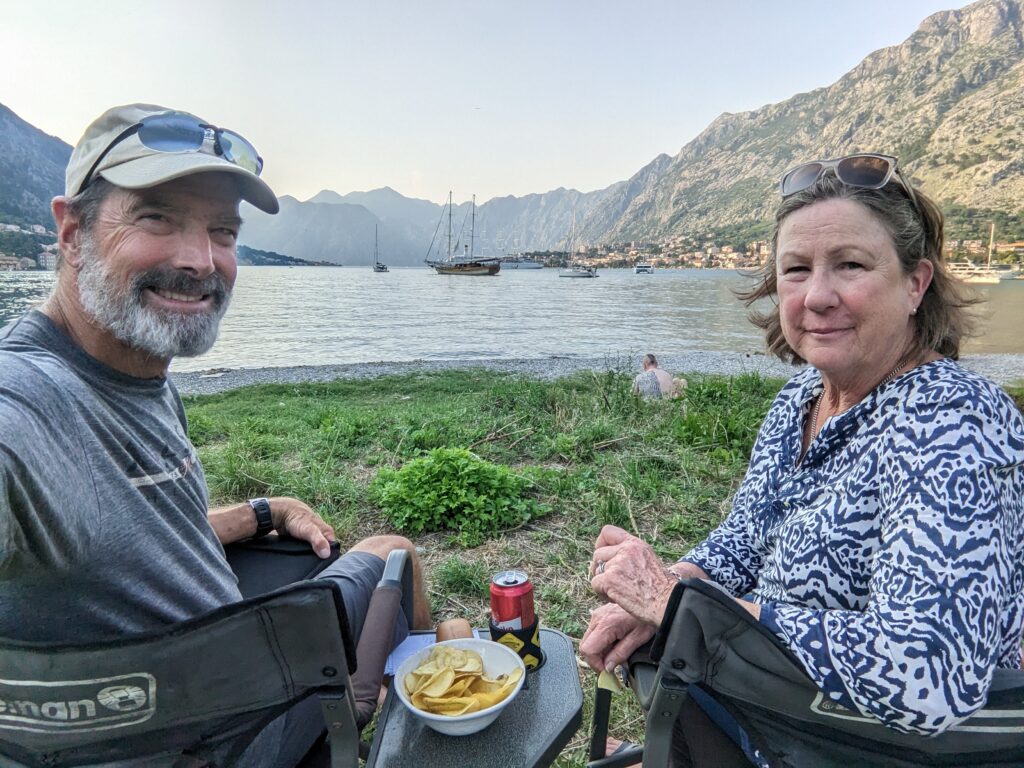
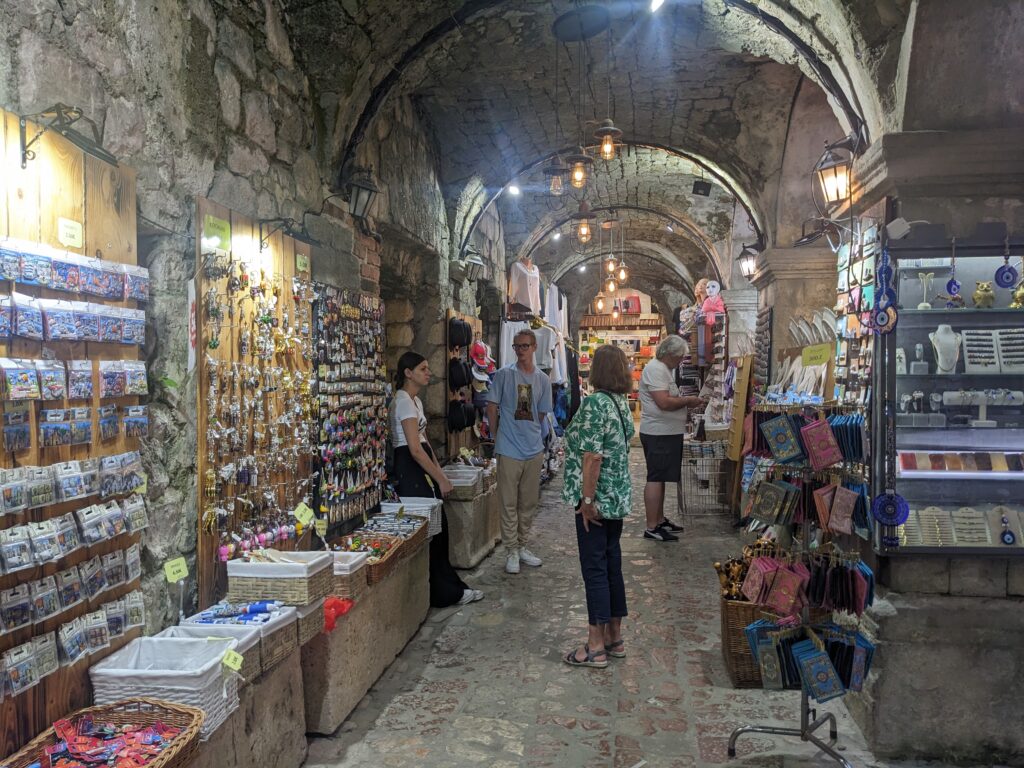
But it was onward and upward, and in this case, straight up. We left the sea and climbed a staggering 1600 metres (5,200 feet) straight up and over the mountains via a series of super steep and narrow one lane switchbacks that had us holding our seat, gasping for air and popping our ears. At the top was Lovcen National Park which sported sublime views of this high altitude terrain before we dropped down to the capital of Podgorica and headed further northward.
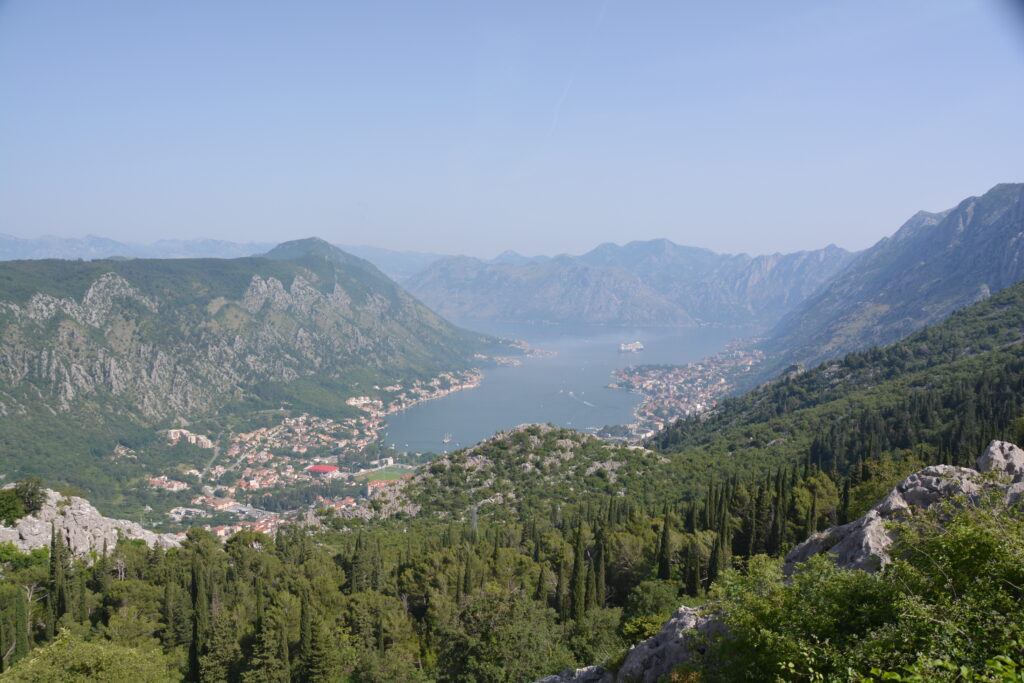
Montenegro can’t be congratulated on it’s road system because once you hit the northern rural areas the population is so thin that the roads are mostly just poorly maintained one lane paved tracks and they caused havoc for Tramp’s wide frame and kamikaze Montenegro drivers with too much testosterone and not enough common sense. And so it was thus that we climbed another 1,600 metre pass across rugged and steep mountains, trying to stay calm, trying not to hit anything or get hit by anybody. We made it.
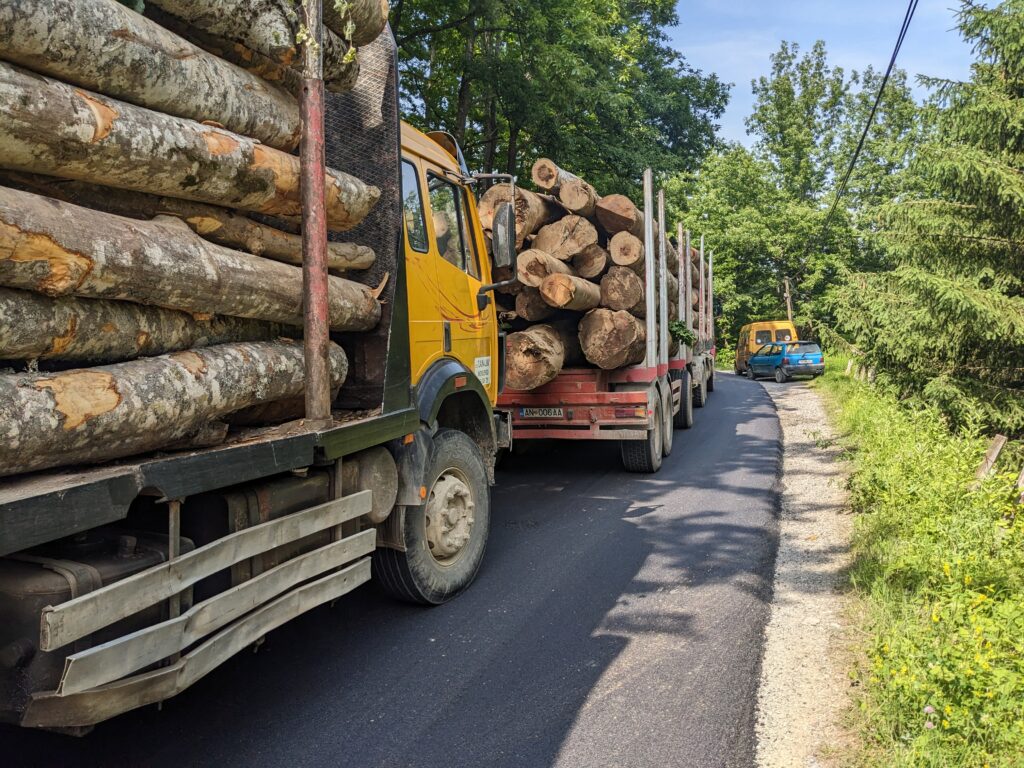
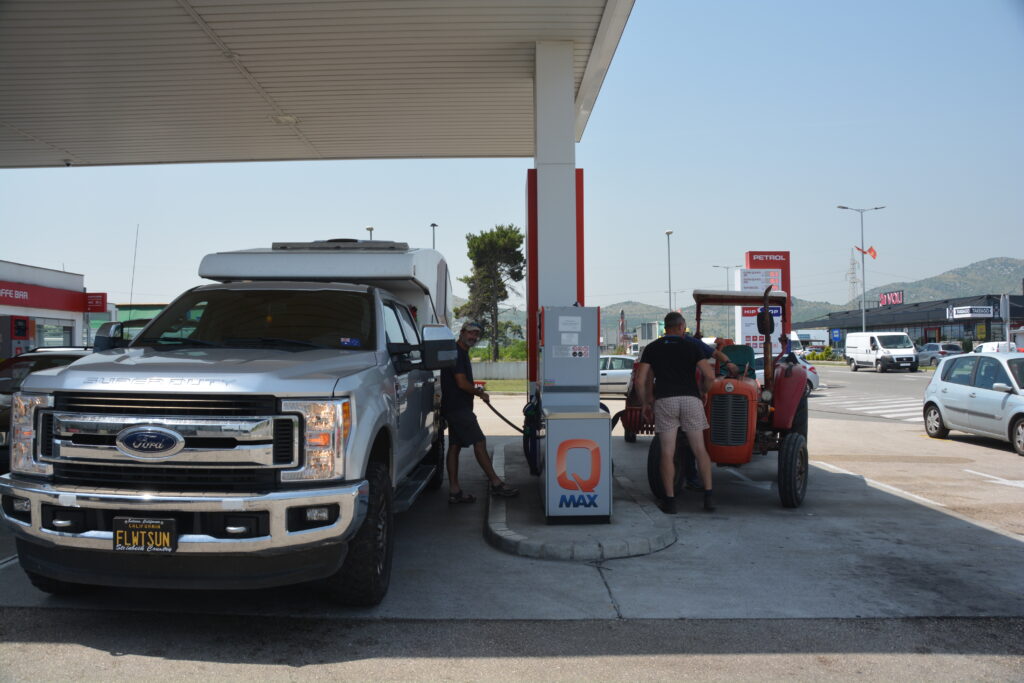
The final act of the day as we reached further into northern Montenegro was to negotiate another long series of small communities, most now sporting small mosques and handsome minarets, climb yet another steep series of switch backs, just going up and up unbelievably to 1,850 metres (5,750 feet), before we had our passports stamped at the border and left Montenegro. What a wild ride that was!
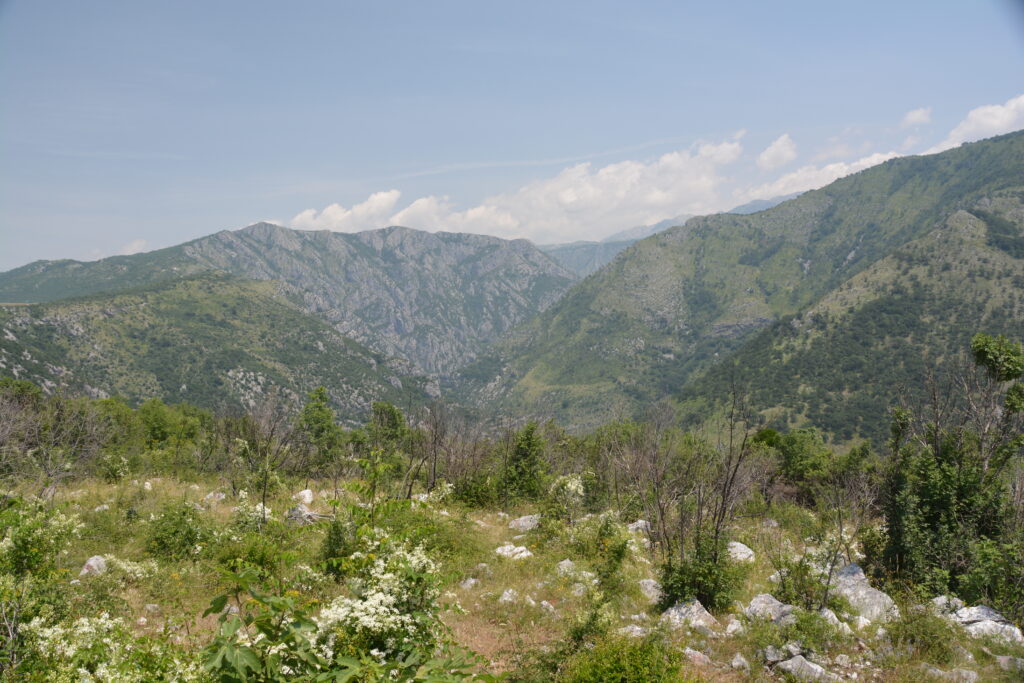
Our final view of Montenegro was a bit mixed. The Bay of Kotor and the old town of Kotor was absolutely world class and highly recommended. The rest of the country we saw was extremely mountainous and the roads were treacherous. The prices seemed to be lower than most of the Balkans but we got the sense they weren’t as prosperous as other recent countries. And we would say they lacked that super-friendly attitude towards visitors.
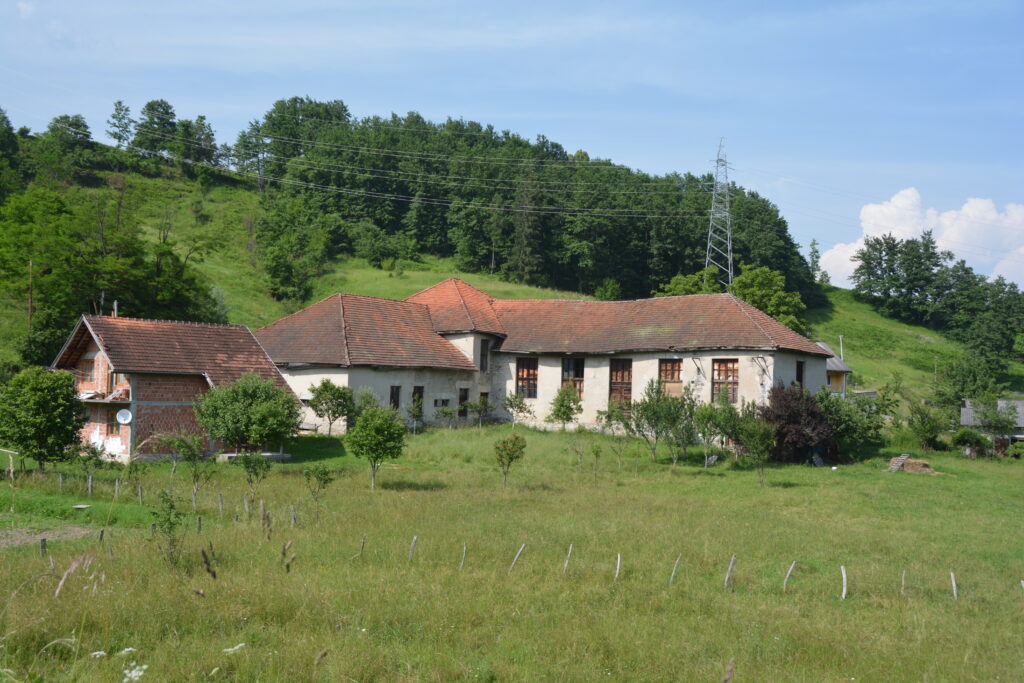
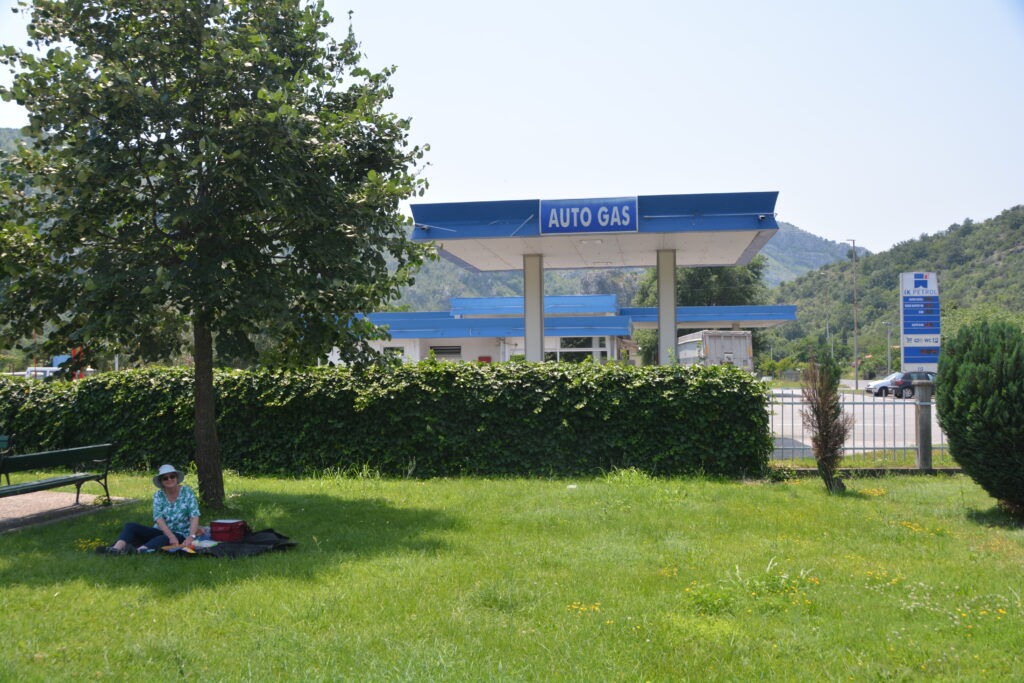
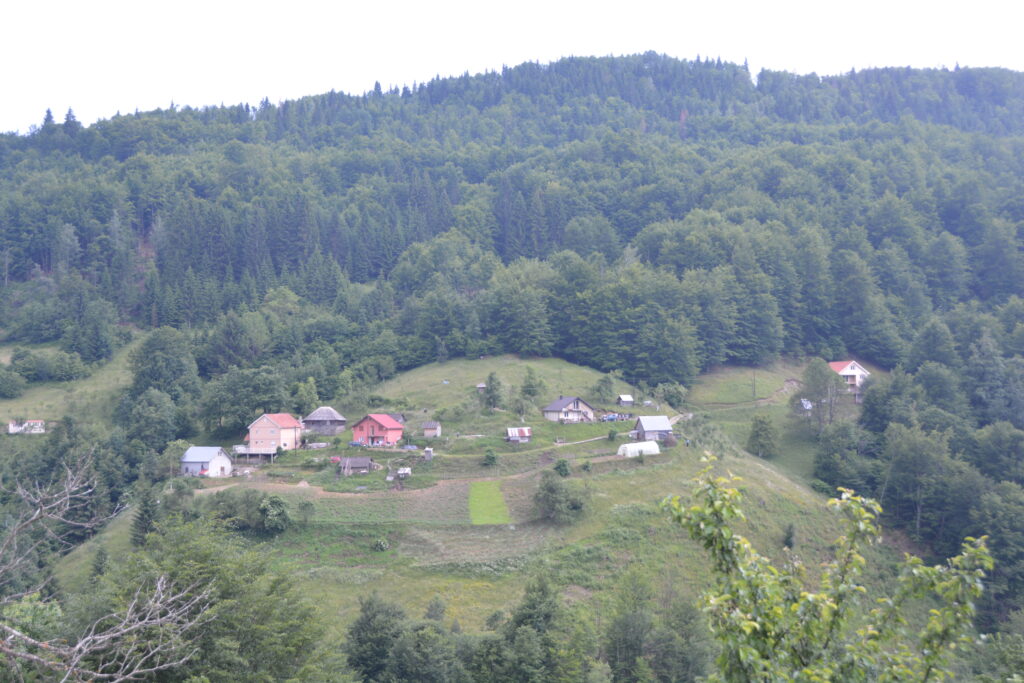
But the next stamp in our passport will be for Kosovo, a much maligned and somewhat controversial state – perfect for us to explore!
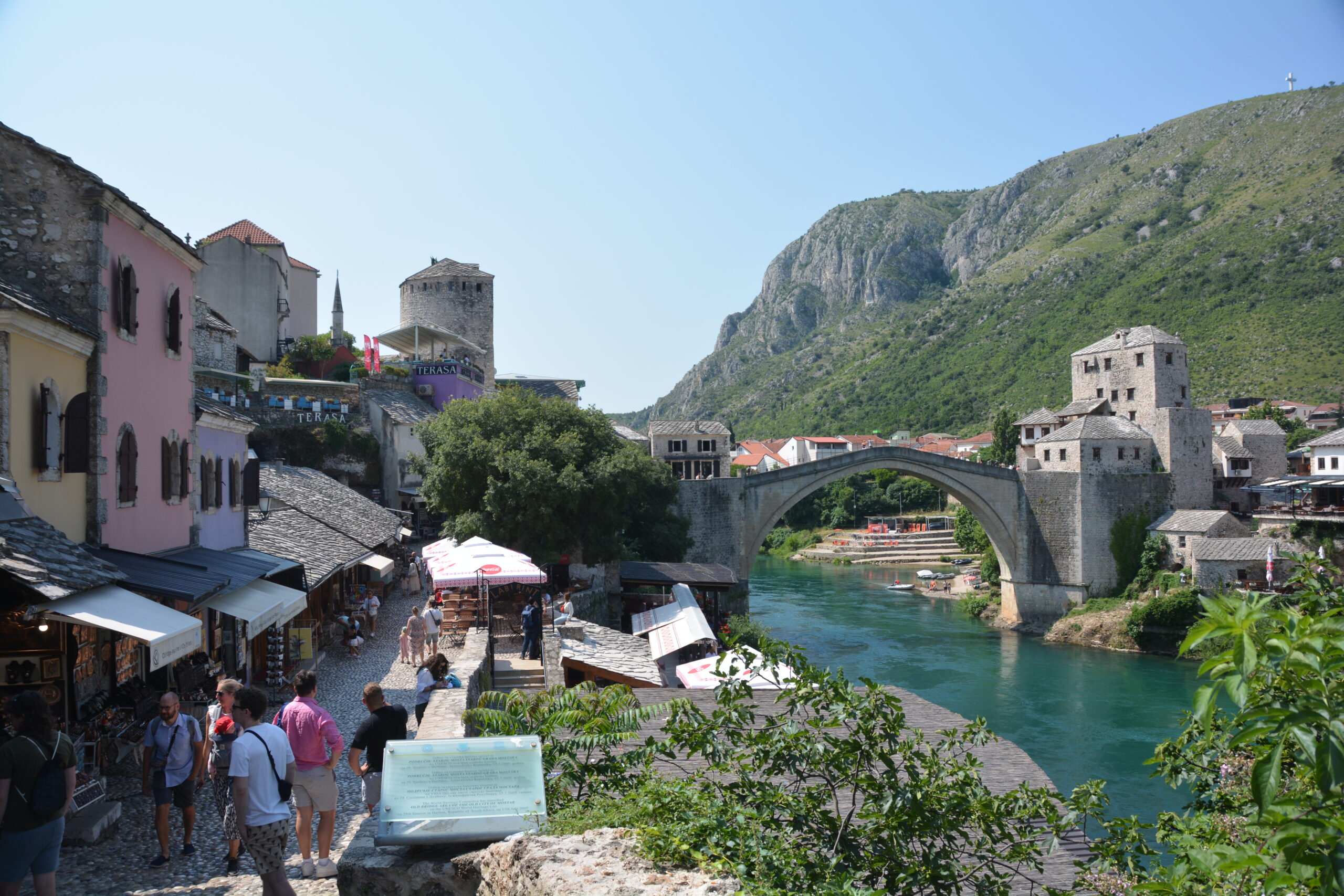
I just love the stories!
Hi Katrina, good to hear from you. Happy to hear you’re enjoying our story. Best of luck to you and your clan. Bill